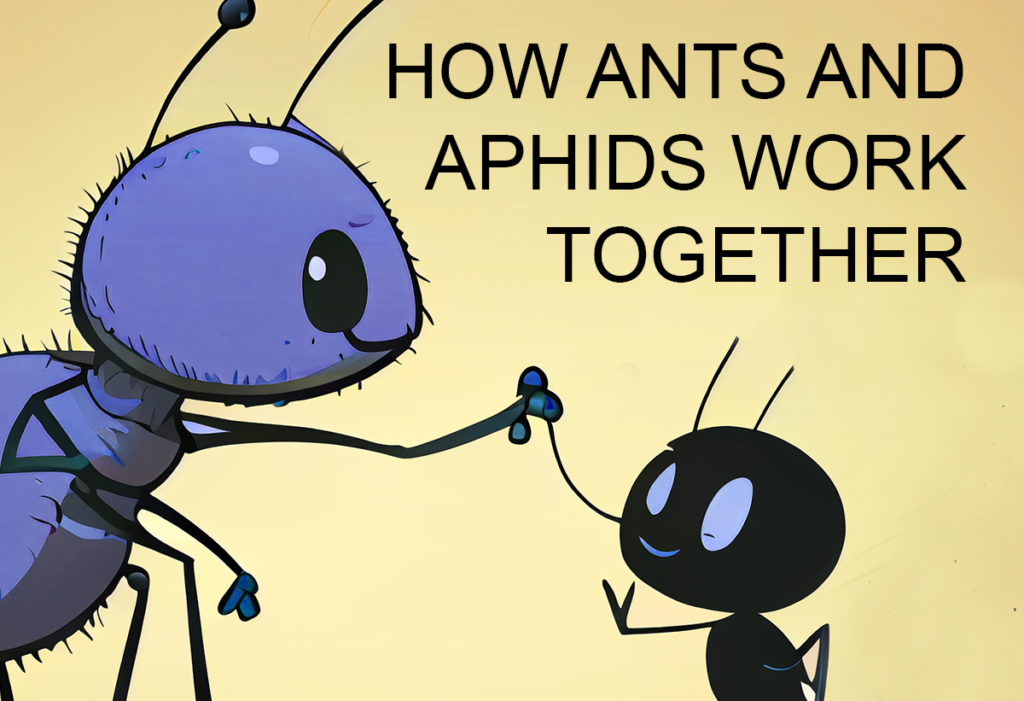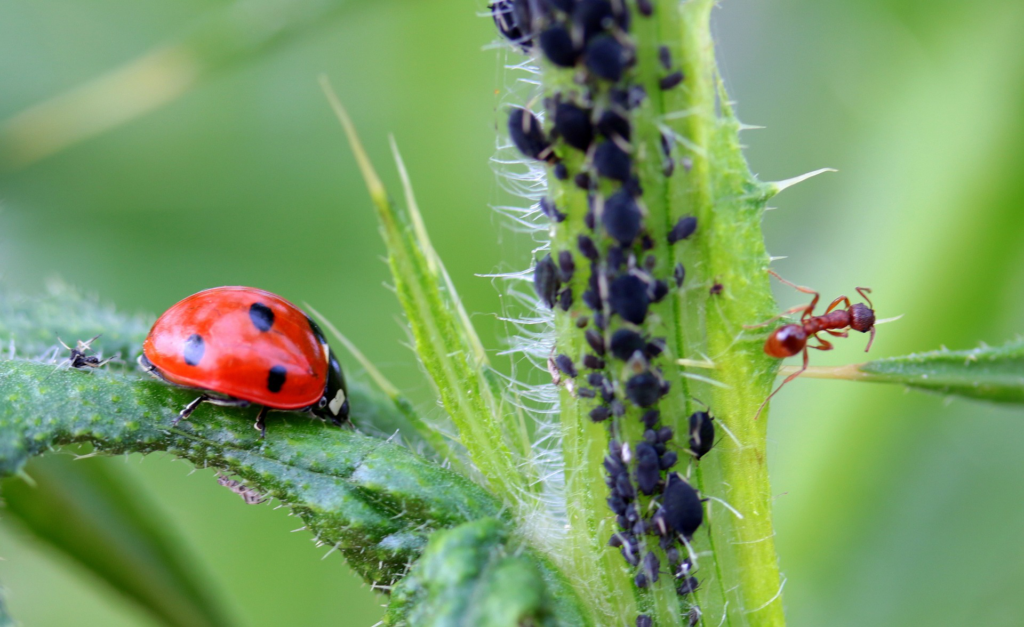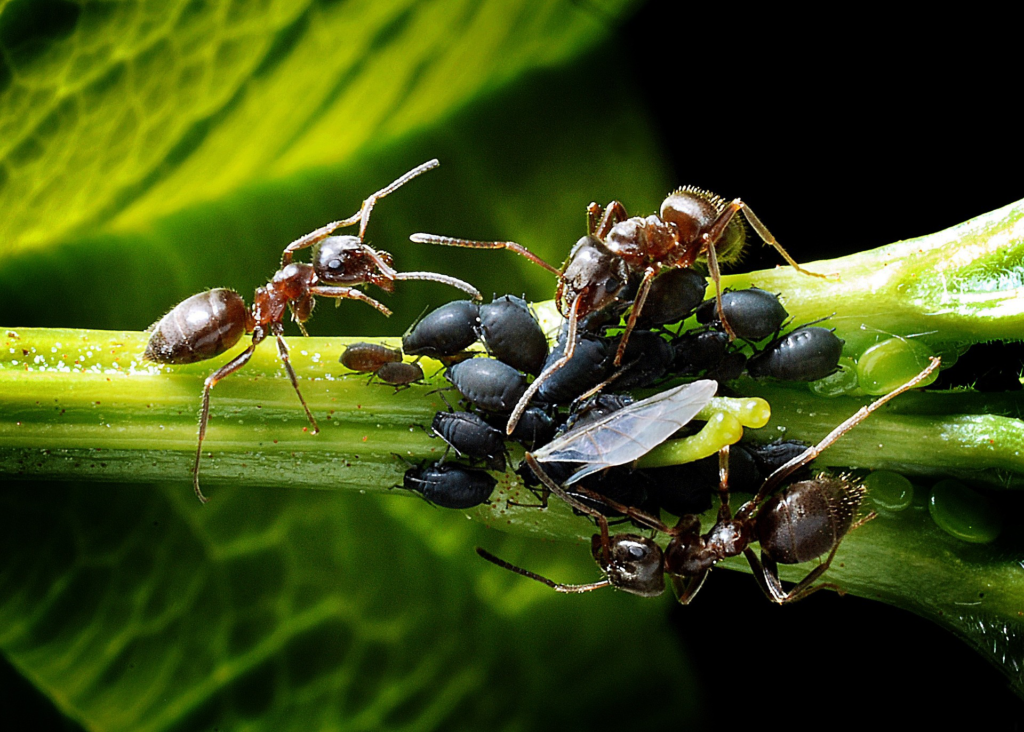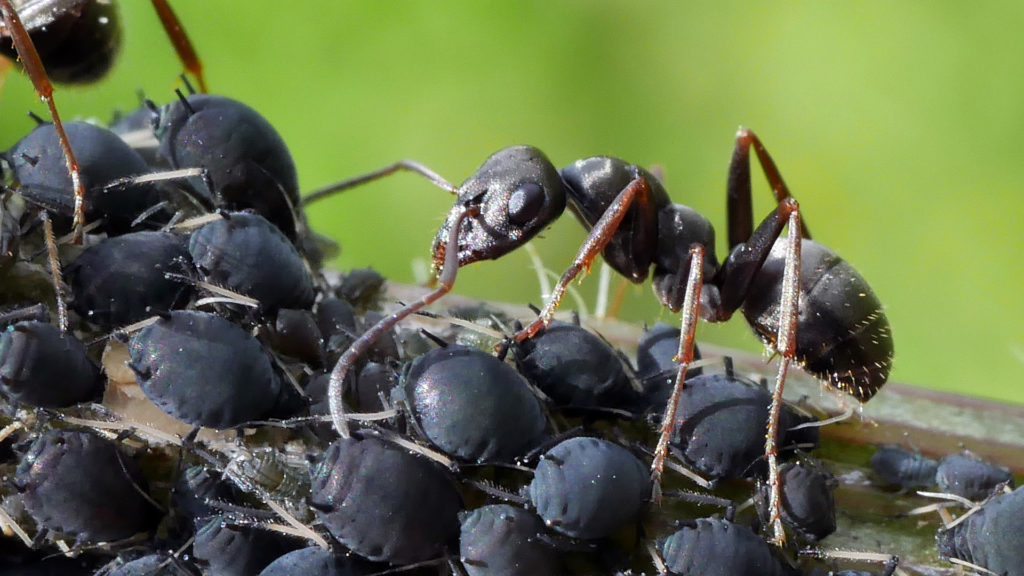
How Ants and Aphids Work Together for Mutual Benefit
Ants and aphids have a unique and fascinating relationship that has intrigued scientists for years. These two seemingly unrelated insects work together to achieve mutual benefits, and their collaboration is essential for their survival.
The relationship between ants and aphids is a classic example of mutualism, a type of symbiotic relationship where two species benefit from each other. The ants protect the aphids from predators and parasites while providing them with a steady supply of food. In return, the aphids provide the ants with a source of honeydew, a sweet and nutritious substance they secrete as they feed on plant sap.
The Benefits of the Relationship

Protection
Ants are known to be aggressive defenders of their colonies, and they take the same approach when it comes to protecting their aphids. They use powerful jaws to ward off any predators or parasites that may threaten the aphids. Some ant species have even been observed carrying the aphids away from danger.
Nutritious Food Source
Aphids feed on plant sap, which is rich in sugars but low in other nutrients. The aphids convert the excess sugars into honeydew, which is highly nutritious and provides the ants with a much-needed source of energy. The ants will actively seek out aphids to harvest their honeydew, and they will even move their colonies closer to aphid populations to ensure a steady supply.

Communication and Collaboration
Ants and aphids communicate and work together to achieve objectives. Ants use chemical signals to communicate with each other, using these signals to guide each other to food sources or to warn each other of danger. They also use chemical signals to communicate with the aphids. They will even stroke them with their antennae to encourage them to produce more honeydew.
Aphids, on the other hand, have been observed to respond to the ants’ signals and will even adjust their feeding patterns to accommodate the ants’ needs. They will also move to new locations if the ants decide to relocate their colonies.

Ants and Aphids: mutualism in nature
The relationship between ants and aphids is a fascinating example of mutualism in nature. These two species work together to achieve their objectives, and their collaboration is essential for their survival. Ants provide protection and pest control for the aphids, while the aphids provide the ants with a source of nutritious food. Their communication and collaboration are impressive and show the power of symbiotic relationships in nature.
FAQs about Ants and Aphids
Apart from the nutritious food source, ants also benefit from the aphids’ presence in other ways. The aphids can improve soil quality by breaking down organic matter, and their secretions can attract other insects that the ants can prey upon.
Not all ant species form relationships with aphids. Some ant species prefer to hunt for their food or scavenge for other sources of nutrition.
Aphids can survive without ants, but they will have to fend off predators and parasites on their own. Their survival







